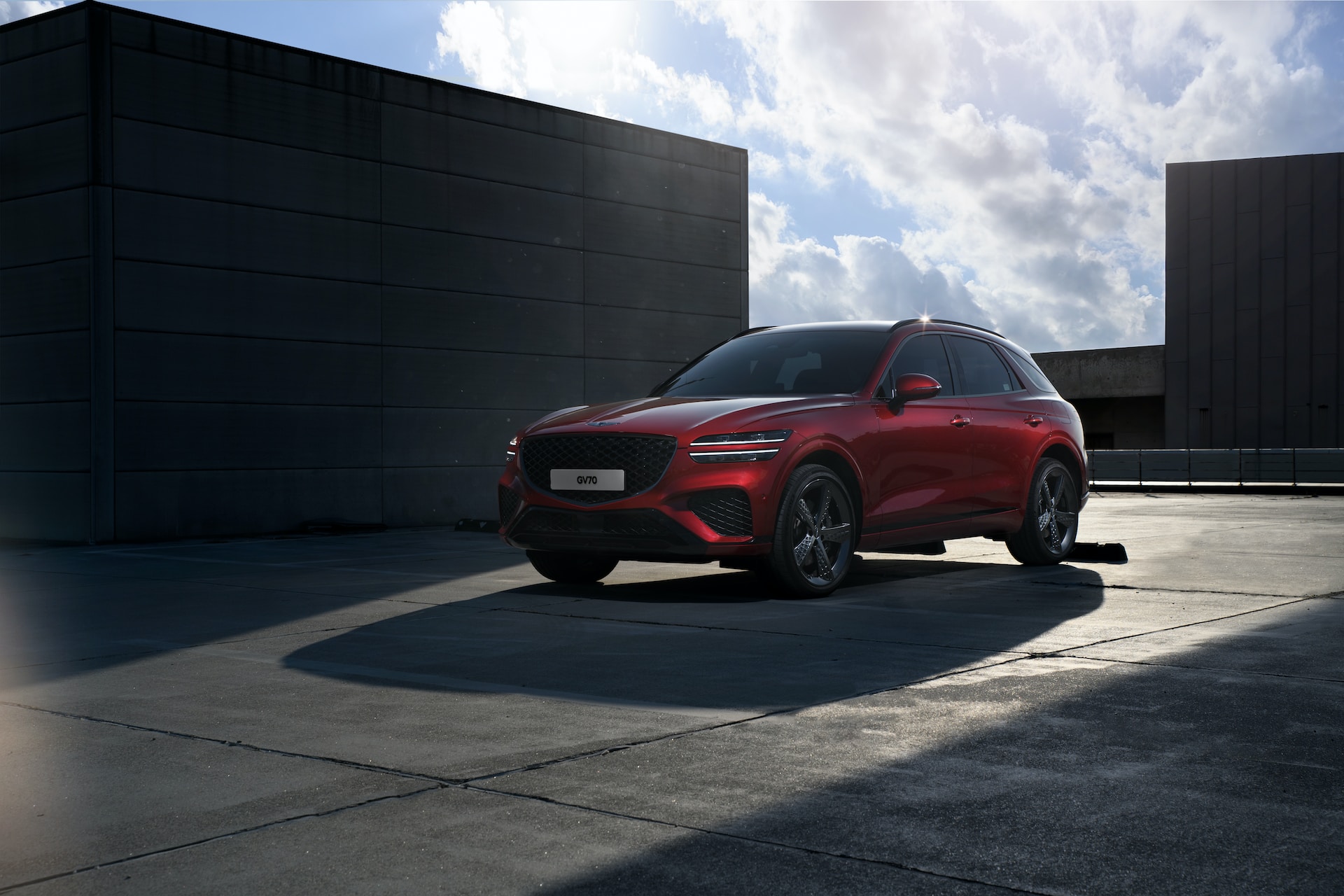As the world moves toward more sustainable practices, electric delivery trucks are becoming increasingly popular. With the rising demand for e-commerce, companies like Amazon and UPS have been looking for ways to reduce their carbon footprint while also improving their delivery services. However, the cost of transitioning to electric vehicles can be a major obstacle for many businesses. That’s where the recently announced IRA tax breaks come in.
The new tax incentives, passed as part of the American Rescue Plan Act, offer businesses significant savings on their taxes if they purchase electric delivery trucks. Specifically, the act allows for a 10% tax credit, up to $2,500, for electric delivery vehicles weighing between 14,000 and 26,000 pounds. For vehicles weighing over 26,000 pounds, the credit is up to $7,500.
This news has been a major boost for the electric vehicle industry, which has been struggling to compete with traditional gas-powered trucks. The tax break not only helps to reduce the initial cost of purchasing electric delivery trucks but also helps to level the playing field with traditional trucks in terms of overall cost.
Many companies have already taken advantage of the new tax breaks, including UPS, which recently announced plans to purchase 10,000 electric delivery trucks from the electric vehicle startup Arrival. Amazon has also committed to transitioning to 100,000 electric delivery trucks by 2030, and the new tax breaks will make that goal much more achievable.
In addition to the environmental benefits, there are also significant cost savings associated with using electric delivery trucks. According to a recent study by the University of California, Davis, electric delivery trucks can save businesses up to 40% in total cost of ownership over a 20-year period.
However, there are still challenges associated with transitioning to electric delivery trucks. One of the biggest challenges is the need for infrastructure to support electric vehicles, including charging stations and other maintenance facilities. Additionally, the initial cost of purchasing electric vehicles is still higher than traditional gas-powered trucks, although the new tax breaks help to offset some of that cost.
Despite these challenges, the future of electric delivery trucks looks bright. With the support of government incentives and growing demand from businesses and consumers for more sustainable practices, it’s likely that we’ll see even more companies transition to electric delivery trucks in the coming years. As the electric vehicle industry continues to grow, we can expect to see even more innovation and advancements in this exciting field.











